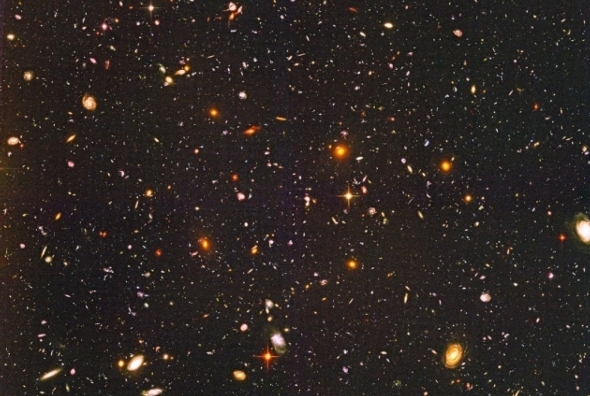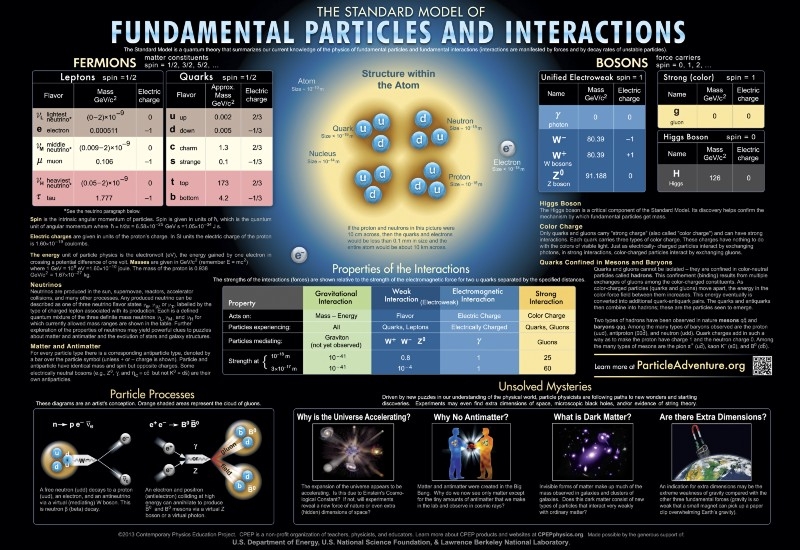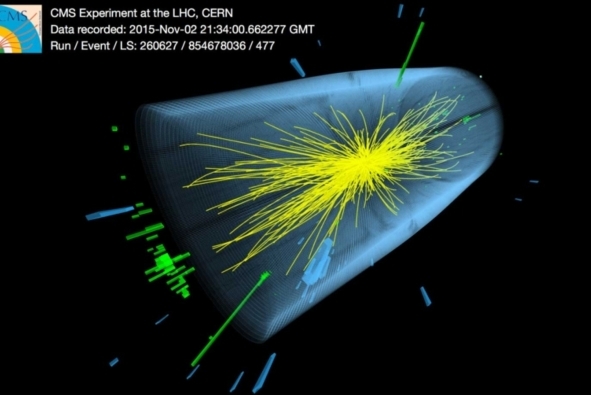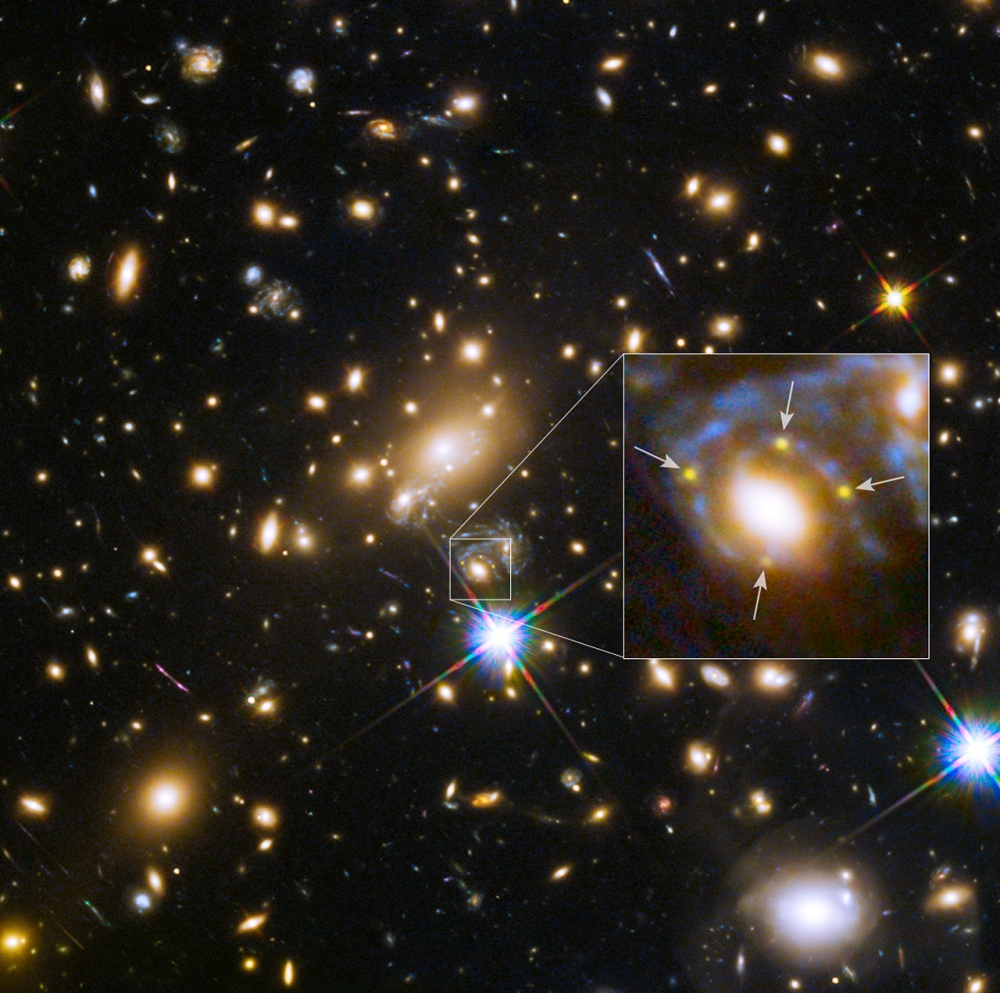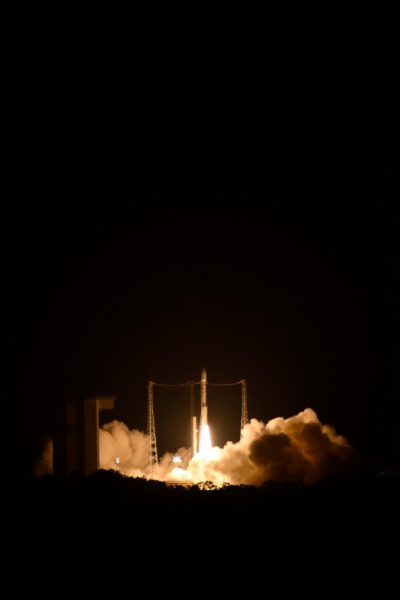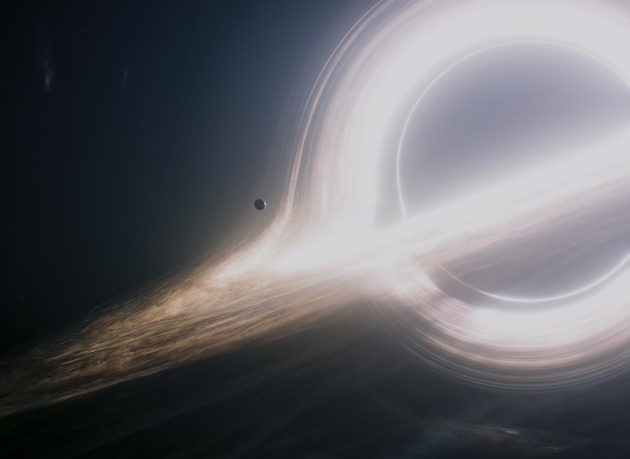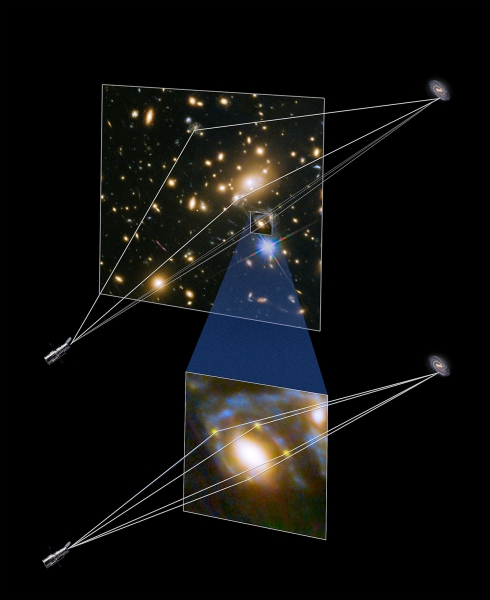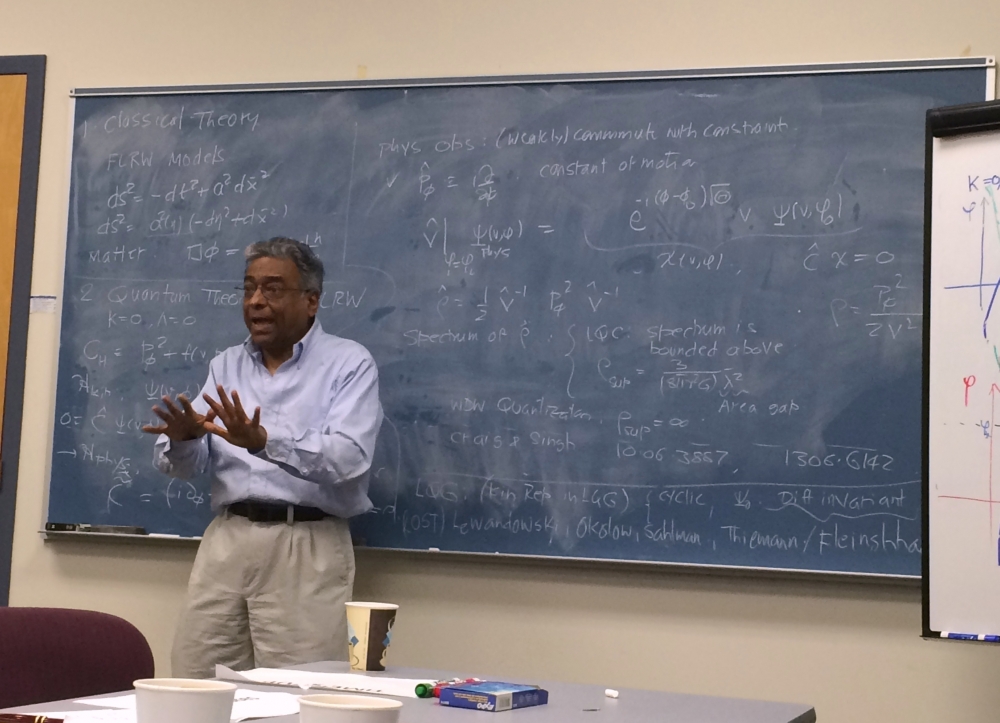First Light For Future Black Hole Probe
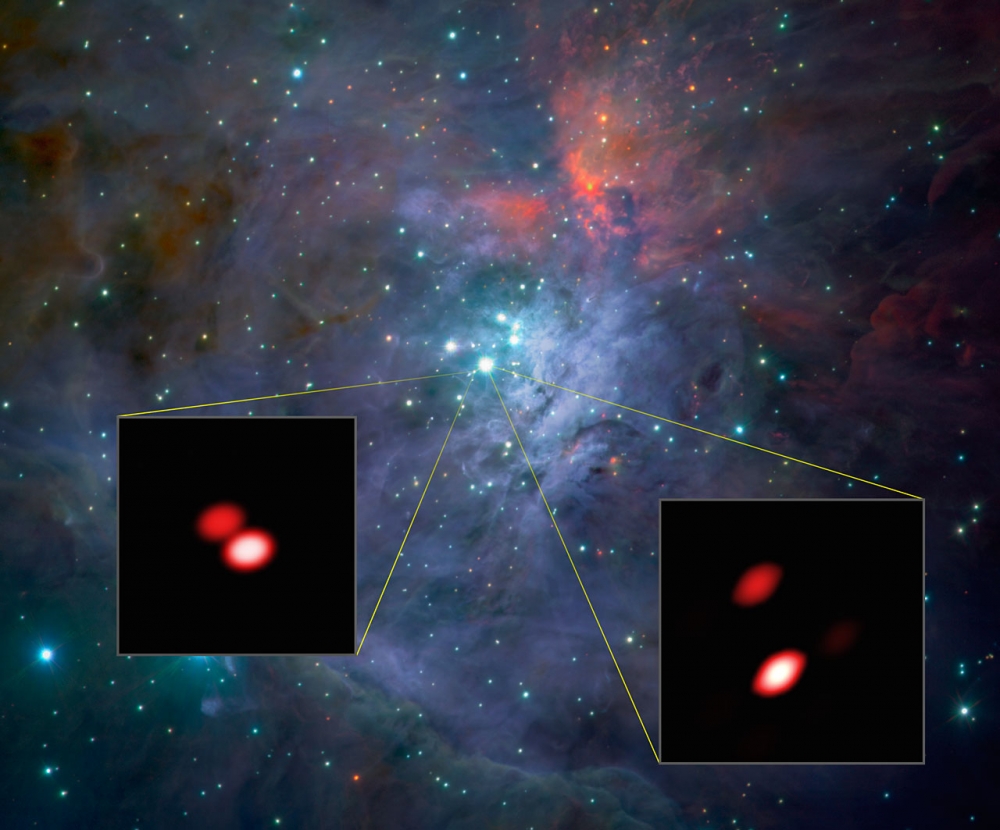
Successful commissioning of GRAVITY at the VLTI
13 January 2016
Zooming in on black holes is the main mission for the newly installed instrument GRAVITY at ESO’s Very Large Telescope in Chile. During its first observations, GRAVITY successfully combined starlight using all four Auxiliary Telescopes. The large team of European astronomers and engineers, led by the Max Planck Institute for Extraterrestrial Physics in Garching, who designed and built GRAVITY, are thrilled with the performance. During these initial tests, the instrument has already achieved a number of notable firsts. This is the most powerful VLT Interferometer instrument yet installed.
The GRAVITY instrument combines the light from multiple telescopes to form a virtual telescope up to 200 metres across, using a technique called interferometry. This enables the astronomers to detect much finer detail in astronomical objects than is possible with a single telescope.
See full text
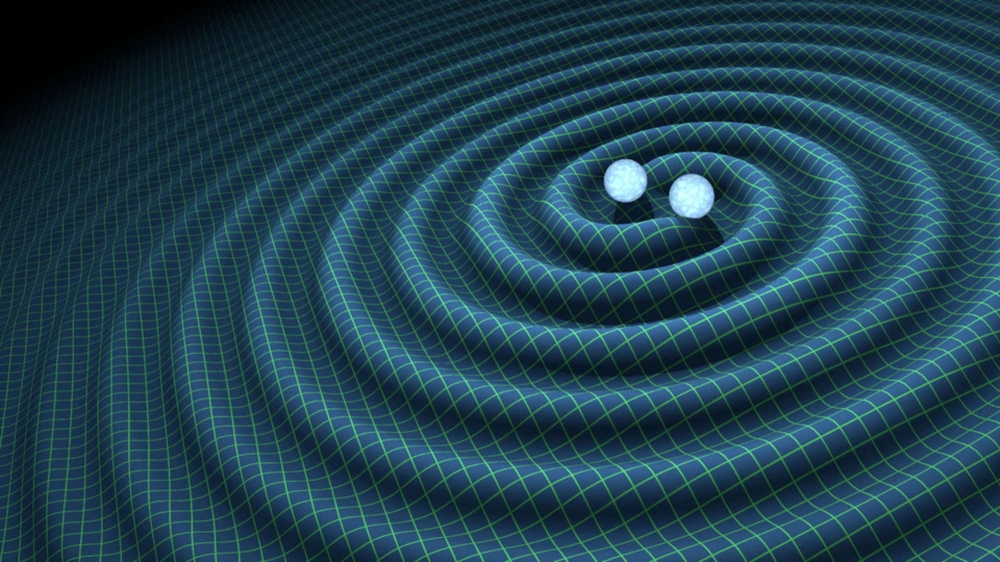

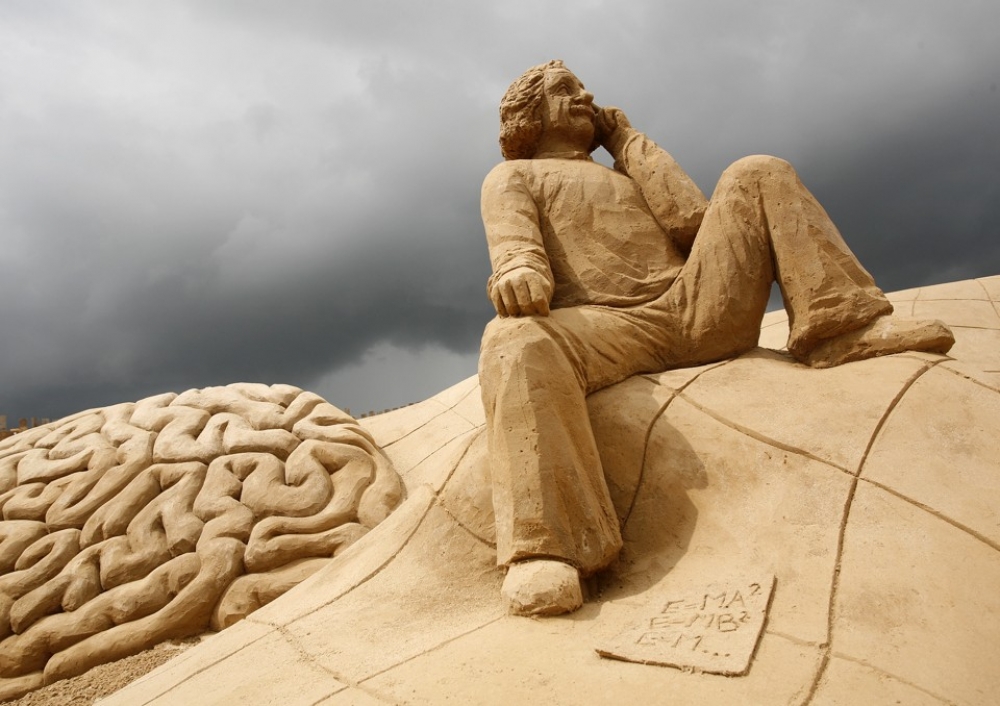
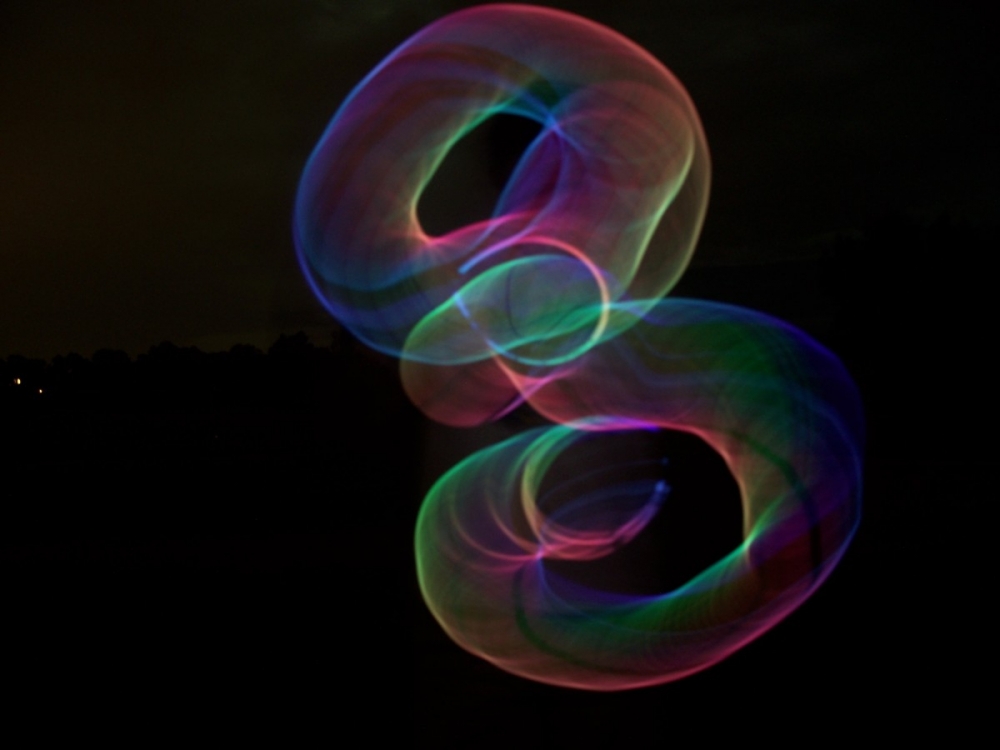 Image credit: flickr user Trailfan, via https://www.flickr.com/photos/7725050@N06/631503428.
Image credit: flickr user Trailfan, via https://www.flickr.com/photos/7725050@N06/631503428.